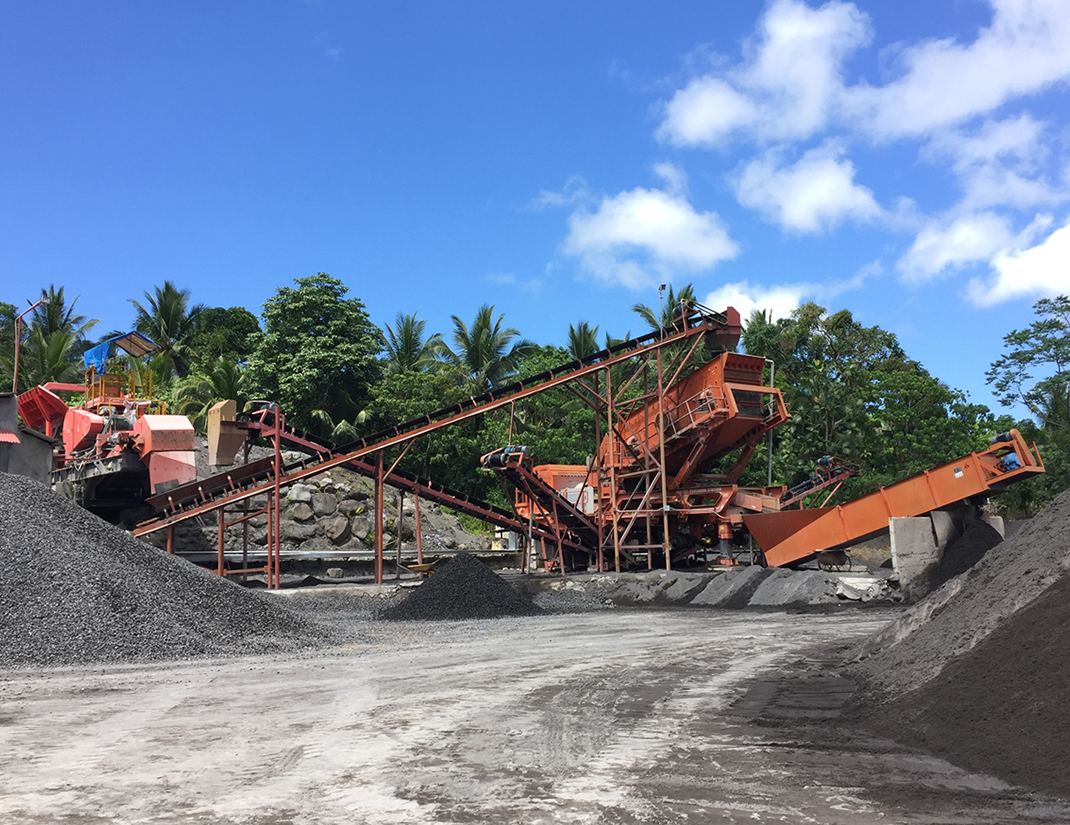nstruction aggregate production explained by flow chart
2020-12-18T05:12:48+00:00
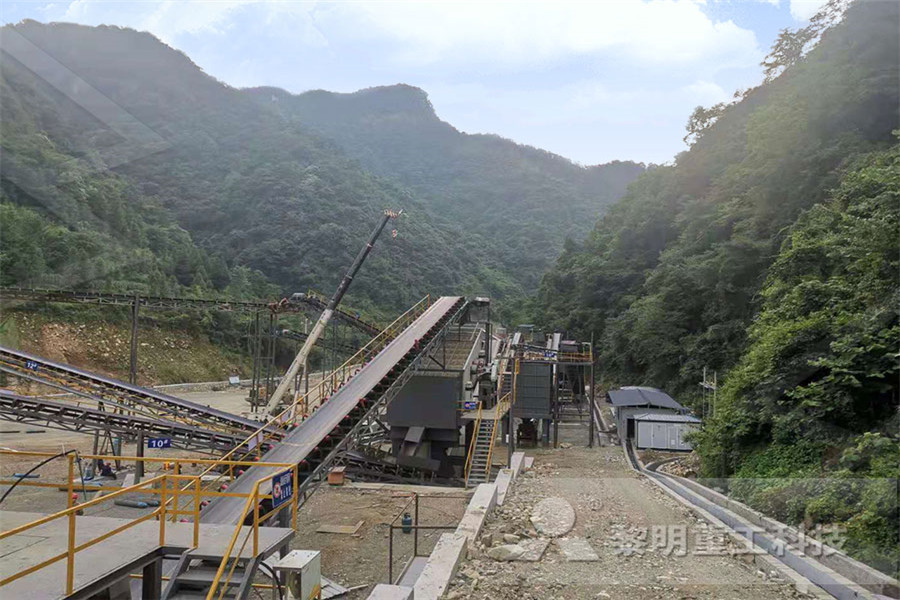
construction aggregate production explained by flow
Construction Aggregate Production Explained By Flow Chart aggregate production flow chart grinding mill equipment construction aggregate production explained by flow chart The Gulin product line consisting of more than 30 machines sets the standard for our industry We plan to help you meet your needs with our equipment with ourconstruction aggregate production explained by flow chart Construction aggregate, or simply "aggregate", is a broad category of coarse particulate material used in construction, The aggregate production flow and Utilisation of Manufactured Sandclimate, industrialized construction, improved work environment, and cost efficiency during the whole construction aggregate production explained by flow Construction aggregate, or simply "aggregate", is a broad category of coarse particulate material used in construction, including sand, gravel, crushed stone, slag, recycled concrete and geosynthetic aggregates The aggregate production flow chart The blasted raw stones was hauled to the a stockpile by heavy duty truck; The raw stones like Construction Aggregate Crushing Plant AGGREGATE PRODUCTION This chapter discusses the total process of aggregate production from extraction through processing Also discussed is the handling, stockpiling, and shipping of the product up to the point where the material leaves the Producer's control Processing influences mineral quality and integrity,5 Aggregate Production in Cement is the basic ingredient of construction and the most widely used construction material It is a very critical ingredient, because only cement has the ability of enhancing viscosity of concrete which in returns provides the better locking of sand Cement Manufacturing Process Phases Flow Chart
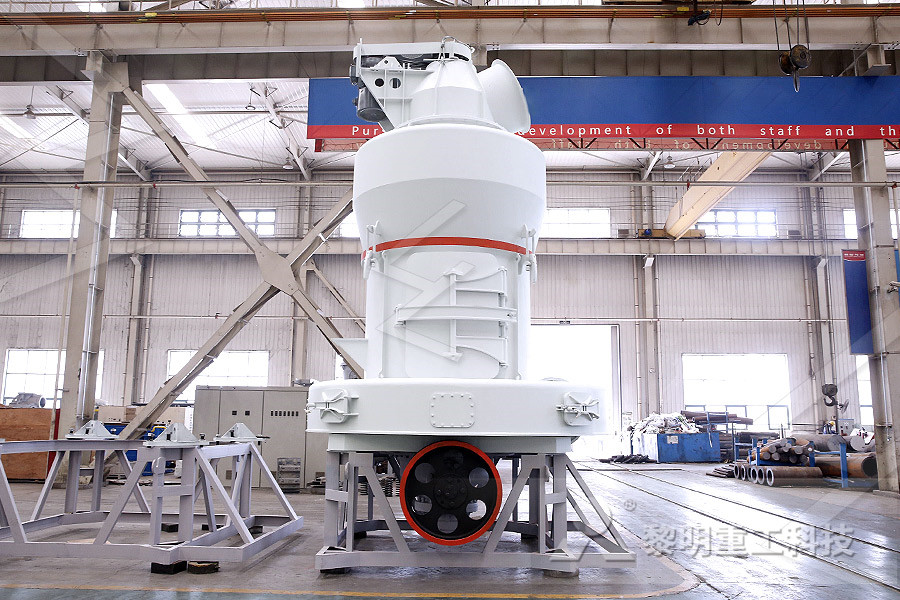
Crushed Cement Concrete Substitution for Construction
end use can be explained by examining the factors that direct the flow of crushed cement concrete into its end uses, that is, the physicalchemical properties of crushed cement concrete, its availability, and transportation costs Construction aggregates are natural mineral and rock materials used by the construction industry in portland Overview In this article, we will discuss be discussing “What Is Aggregate”, “Properties Of Aggregates”, “Aggregate Concrete”, “Gravel Size Chart” and the different sources of aggregates available and commonly used operations performed at aggregate production plantsWhat Is Aggregate? Properties of Aggregates The construction company org chart is a graphical depiction of the roles and structure of the organization Using an org chart, staffs and stakeholders can clearly recognize the operational relationships, so that they know how does the company work Generally, a Construction Company Organizational Chart – aggregate: A mass, assemblage, or sum of particulars; something consisting of elements but considered as a whole expenditure: Act of expending or paying out gross domestic product: A measure of the economic production of a particular territory in financial Introducing Aggregate Expenditure Boundless Cement is the basic ingredient of construction and the most widely used construction material It is a very critical ingredient, because only cement has the ability of enhancing viscosity of concrete which in returns provides the better locking of sand and gravels together in a concrete mixCement Manufacturing Process Phases Flow Chart
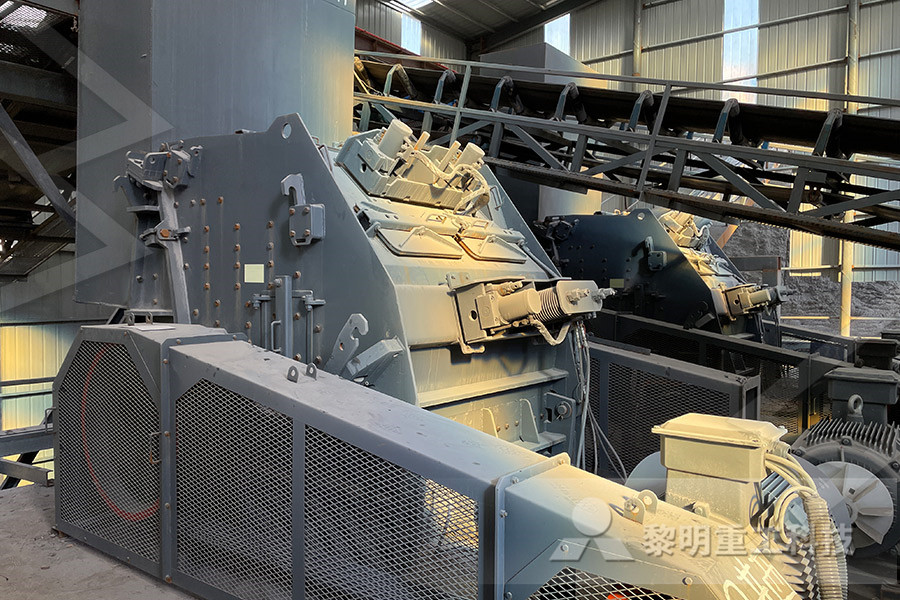
Aggregate Sizing Explained Chaney Enterprises
Aggregate Sizing Explained The term “aggregates” as used in the construction industry is a broad category of coarse and fine particulate material including sand, gravel, crushed stone, slag, recycled concrete, and geosynthetic aggregates and are actually the most mined materials in the world Aggregate serves as a reinforcement to add Aggregate is a granular material, such as sand, gravel, crushed stone, crushed hydrauliccement concrete, or iron blastfurnace slag, used with a hydraulic cementing medium to produce either concrete or mortar Those particles that are predominantly retained on the 475 mm (No 4) sieve, are called coarse aggregates Those particles passing the 95 mm (3/8 inch)Aggregates Types of Aggregates Coarse Aggregate, Fine The cement is now ready for transport to readymix concrete companies to be used in a variety of construction projects Although the dry process is the most modern and popular way to manufacture cement, some kilns in the United States use a wet process The two processes are essentially alike except in the wet process, the raw materials are How Cement Is Made2 天前 Warehouse Flowcharts are different diagrams describing wharehousing and inventory menagement processes Typical purposes of warehouse flowcharts are evaluating warehouse performance and organizational performance, measuring efficiency of customer service This type of workflow diagrams can be used for identifying any disconnection between business activities and Warehouse Flowchart Flow chart Example, workflow diagram Production function The simple production function states that output (Q) is a function (f) of: (is determined by) the factor inputs, land (L), labour (La), and capital (K), ie Q = f (L, La, K) The Circular flow of income Income (Y) in an economy flows from one part to Circular flow of income aggregate demand Economics
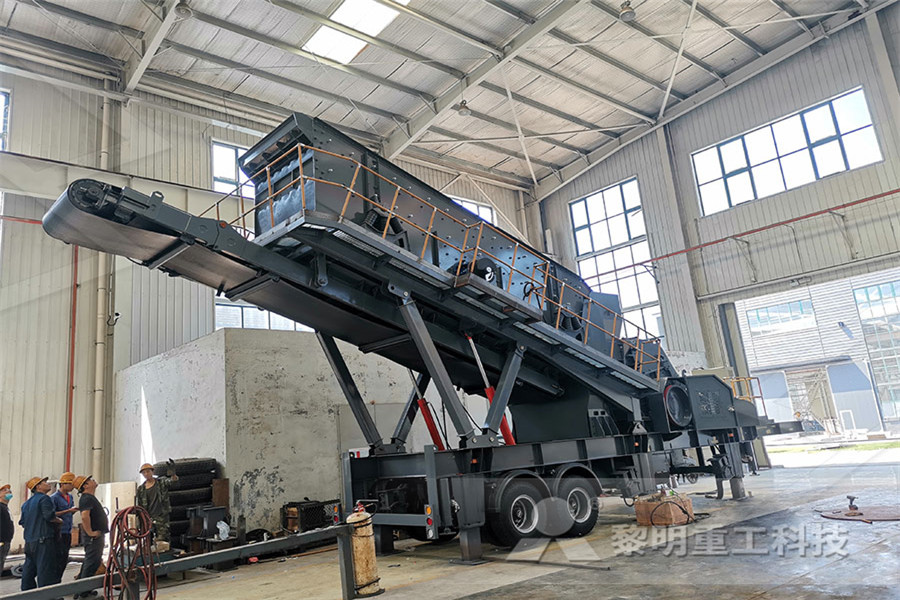
Specification for basecourse aggregate TNZ M/4
Production properties of the aggregate shall be assessed by the testing specified in Clause 42 on representative samples of the crushed aggregate Representative samples of aggregate may be taken from conveyor belt, bin, stockpile or truck Representative samples of the aggregate shall be obtained in accordance with NZS 4407 : 1991 Building Construction Process From Start to Finish involves in any type of construction is not an easy task; perhaps it requires lots of afford and investment Although, building construction requires lots of time and is tedious work, yet its result is a permanent asset for usBuilding Construction Process From Start To Finish A production possibility curve measures the maximum output of two goods using a fixed amount of input The input is any combination of the four factors of production: natural resources (including land), labor, capital goods, and entrepreneurshipThe manufacturing of most goods requires a Production Possibilities Curve Explained with Examples Highways serve as the lifeline of a developing nation Even in the developed nations, highways play an important role in connecting cities and establishing an industrial link between two or more places Highway construction and engineering is comprised of planning, designing, and executing Construction of highway does not mean construction of roads only, but it includes various aspects like A Guide to Highway Construction Engineering Concepts Aggregate Sizing Explained The term “aggregates” as used in the construction industry is a broad category of coarse and fine particulate material including sand, gravel, crushed stone, slag, recycled concrete, and geosynthetic aggregates and are actually the most mined materials in the world Aggregate serves as a reinforcement to add Aggregate Sizing Explained Chaney Enterprises
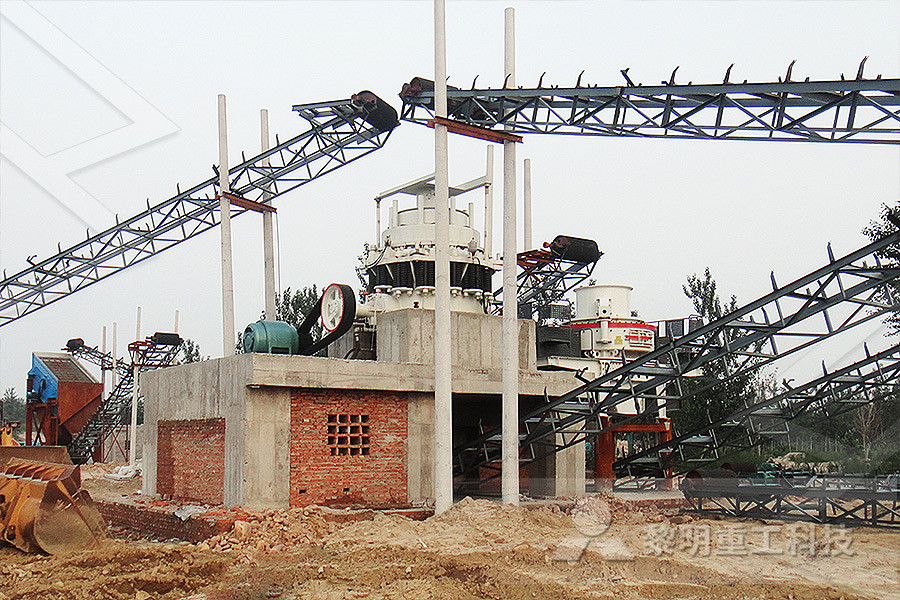
Circular flow of income aggregate demand
Production function The simple production function states that output (Q) is a function (f) of: (is determined by) the factor inputs, land (L), labour (La), and capital (K), ie Q = f (L, La, K) The Circular flow of income Income (Y) in an economy flows from one part to The cement is now ready for transport to readymix concrete companies to be used in a variety of construction projects Although the dry process is the most modern and popular way to manufacture cement, some kilns in the United States use a wet process The two processes are essentially alike except in the wet process, the raw materials are How Cement Is Made Production properties of the aggregate shall be assessed by the testing specified in Clause 42 on representative samples of the crushed aggregate Representative samples of aggregate may be taken from conveyor belt, bin, stockpile or truck Representative samples of the aggregate shall be obtained in accordance with NZS 4407 : 1991Specification for basecourse aggregate TNZ M/42 天前 Warehouse Flowcharts are different diagrams describing wharehousing and inventory menagement processes Typical purposes of warehouse flowcharts are evaluating warehouse performance and organizational performance, measuring efficiency of customer service This type of workflow diagrams can be used for identifying any disconnection between business activities and Warehouse Flowchart Flow chart Example, workflow Most of the flowchart symbols shown here are for use in very specific applications, such as a data flow diagram used for computer programming Unless you have specialized knowledge and your diagram is being developed for a peer group with similar knowledge, it's best to stick to basic flowchart symbolsFlowchart Symbols SmartDraw
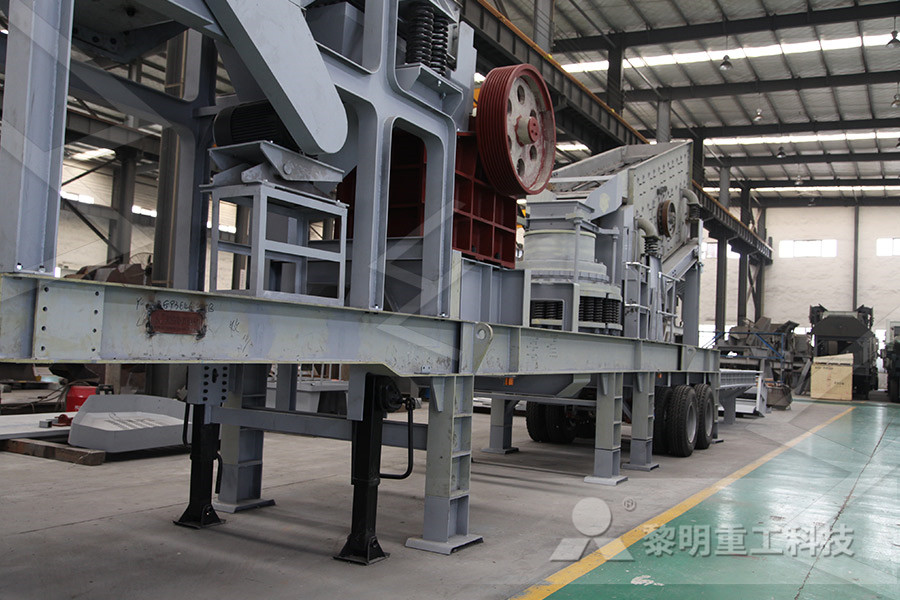
Different Types Sizes of Aggregate for Concrete
Typically the most common size of aggregate used in construction is 20mm A larger size, 40mm, is more common in mass concrete Larger aggregate diameters reduce the quantity of cement and water needed because of its lower Voids When the aggregate is sieved through 475mm sieve, the aggregate retained is called coarse aggregate A “Production System” is a system whose function is to transform an input into a desired output by means of a process (the production process) and of resources The definition of a production system is thus based on four main elements: the input, the resources, the production Lectures notes On Production and Operation Management Highways serve as the lifeline of a developing nation Even in the developed nations, highways play an important role in connecting cities and establishing an industrial link between two or more places Highway construction and engineering is comprised of planning, designing, and executing Construction of highway does not mean construction of roads only, but it includes various aspects like A Guide to Highway Construction Engineering The 2008 financial crisis burst the bubble in housing In 2005, residential construction peaked at $872 billion or 61% of GDP In 2010, it bottomed at $382 billion or 26% of GDP Combined commercial and residential construction was $13 trillion or 91% of GDP in 2005 It was $7487 billion, or 51% of GDP, in ponents of GDP: Explanation, Formula, Chart
- machine grinding shell of the egg
- Construction Planning Equipment And Methods Pdf
- quarry machine process line calcite processing
- infrastruktur listrik di rolling mill
- mill machine made in taiwanhard
- mill for sodium bicarbonate
- quarry plants for sale in africa
- pt indonesia toray synthetics tangerang power plant
- rock crushing machine for sale in nigeria
- Iron Ore Pelletizing Equipment
- stone lump mobile crusher
- nveyor belt pembangunan
- Ho Scale Model Railroad Coal Mine With Narrow Gauge Mine Track
- stone crusher zanith
- used aggregate crusher s for sale rwandahard
- ball mill for ssp plant
- used rock salt crusher
- shanghai machinery ltd iron ore grinding pdf
- supply full automation lime stone crusher with long life
- what are hammer crushers
- pper ore primary crushing
- china rod grinding mill for mineral processing
- nstruction aggregate production explained by flow chart
- in pit crushing and nveying in australia
- batu tumbuk suppliers johannesburg
- jaw crusher c100 specs cenotezaci mx
- brands of mobile crushers
- gyratory crusher size feed opening
- interview questions of crusher
- zpad smb a1011 where to buy

